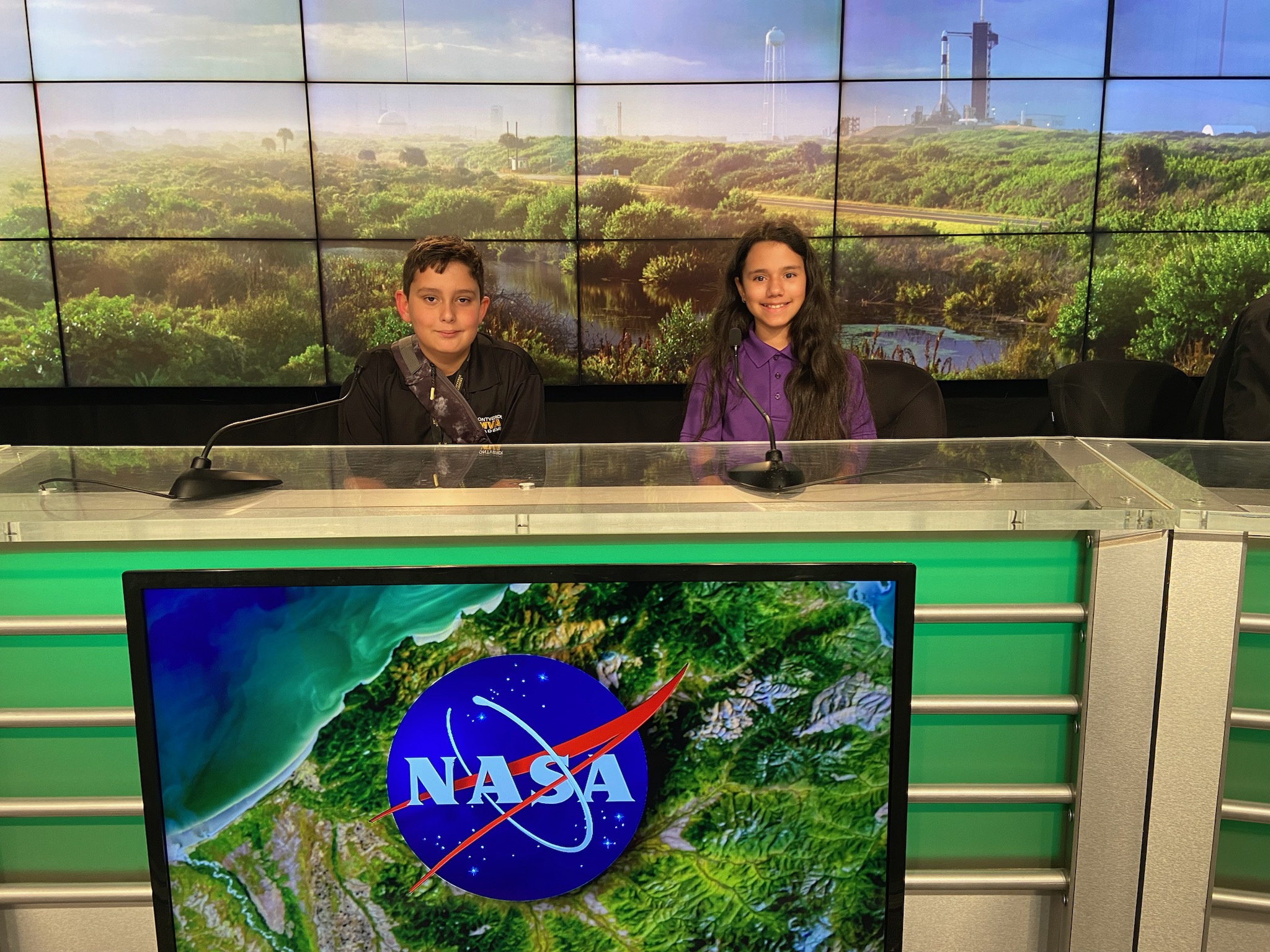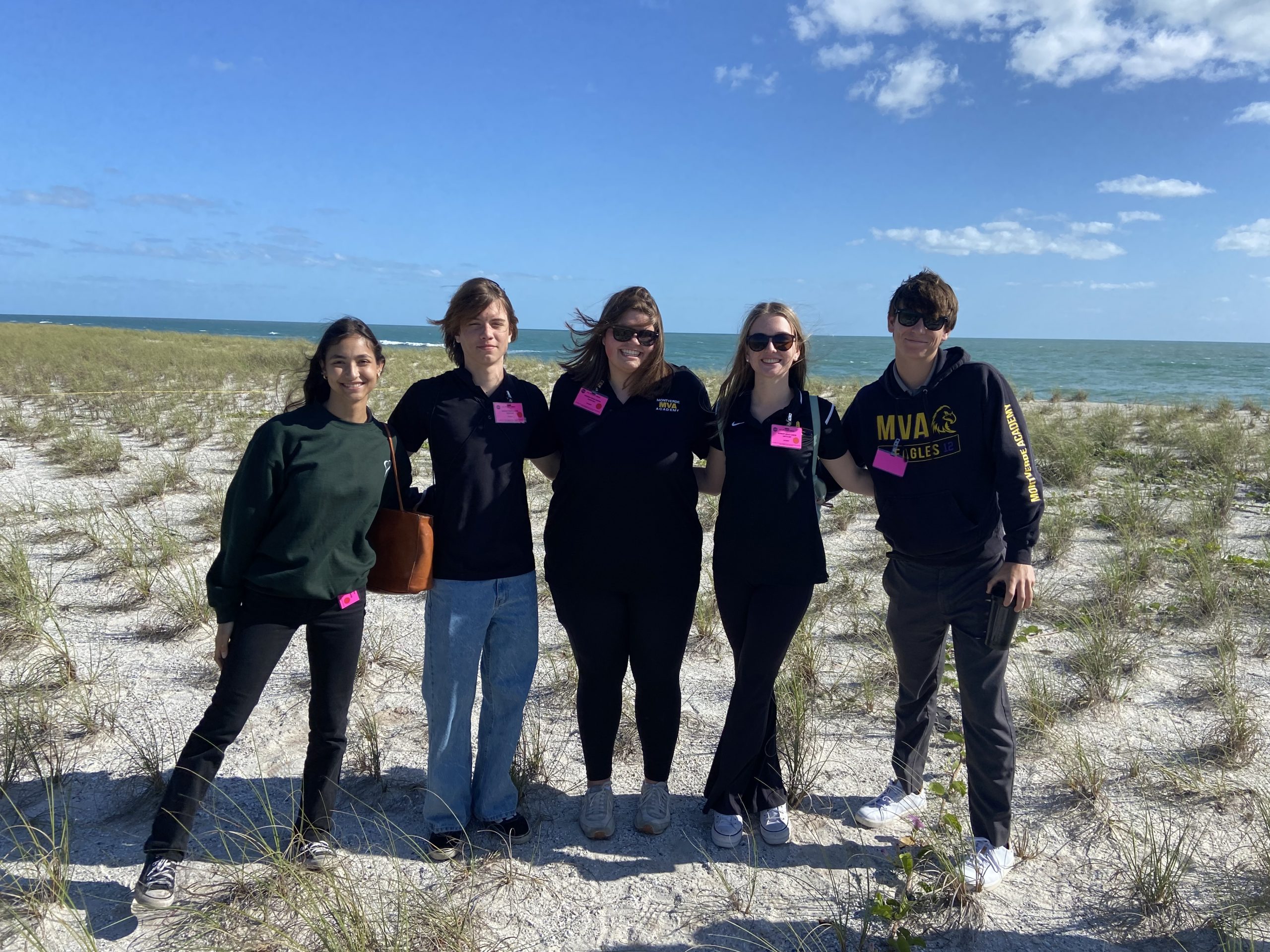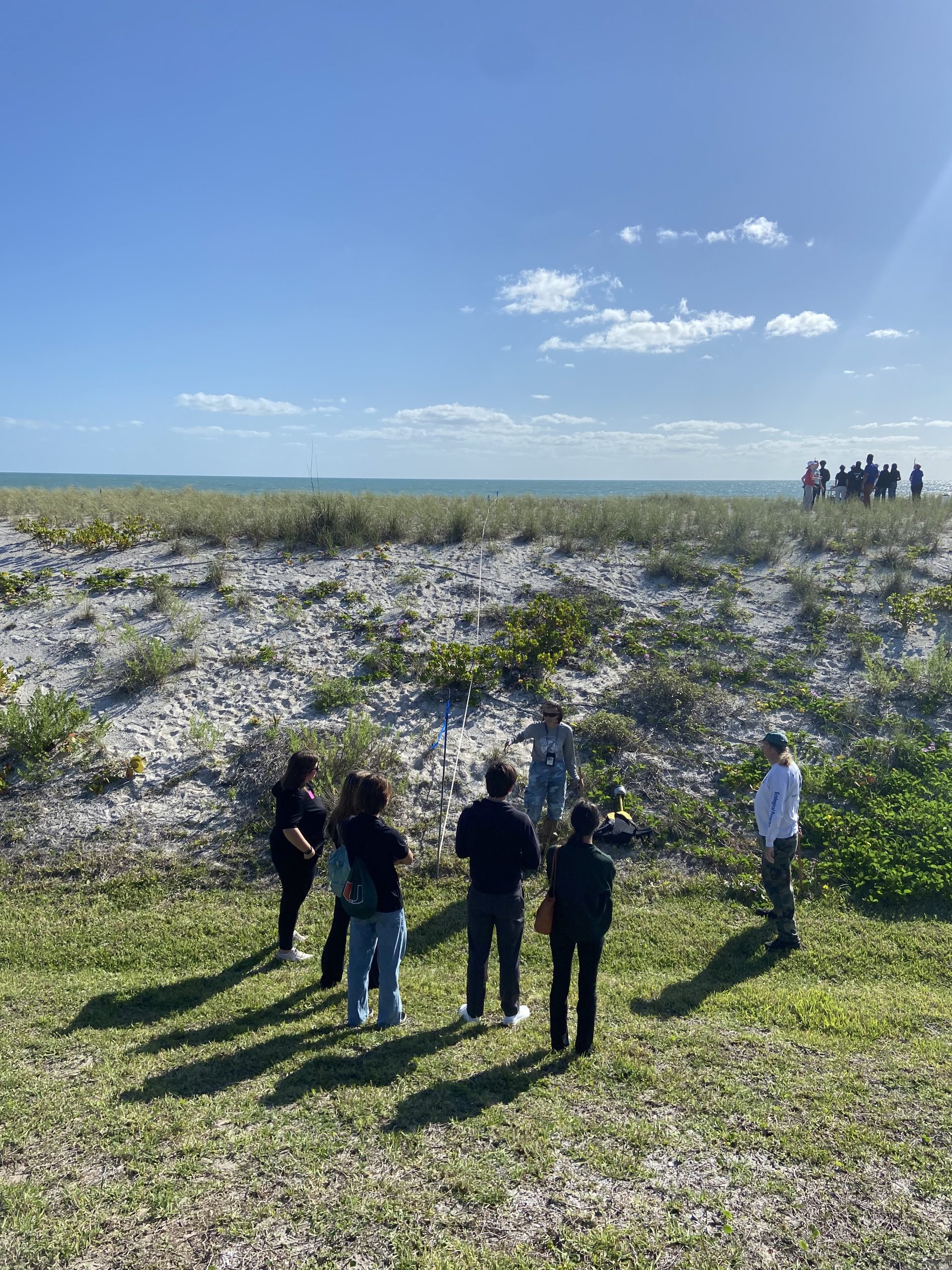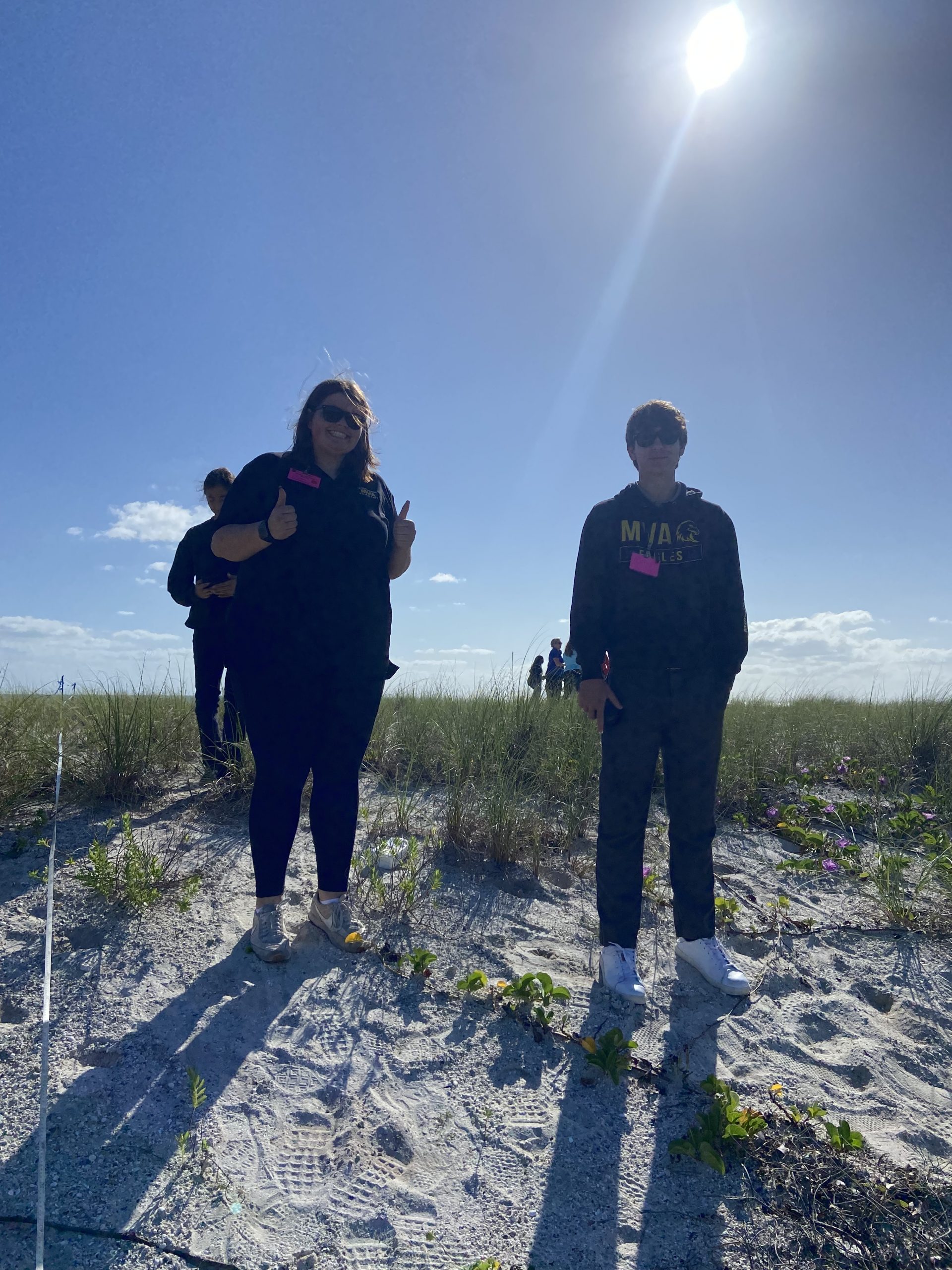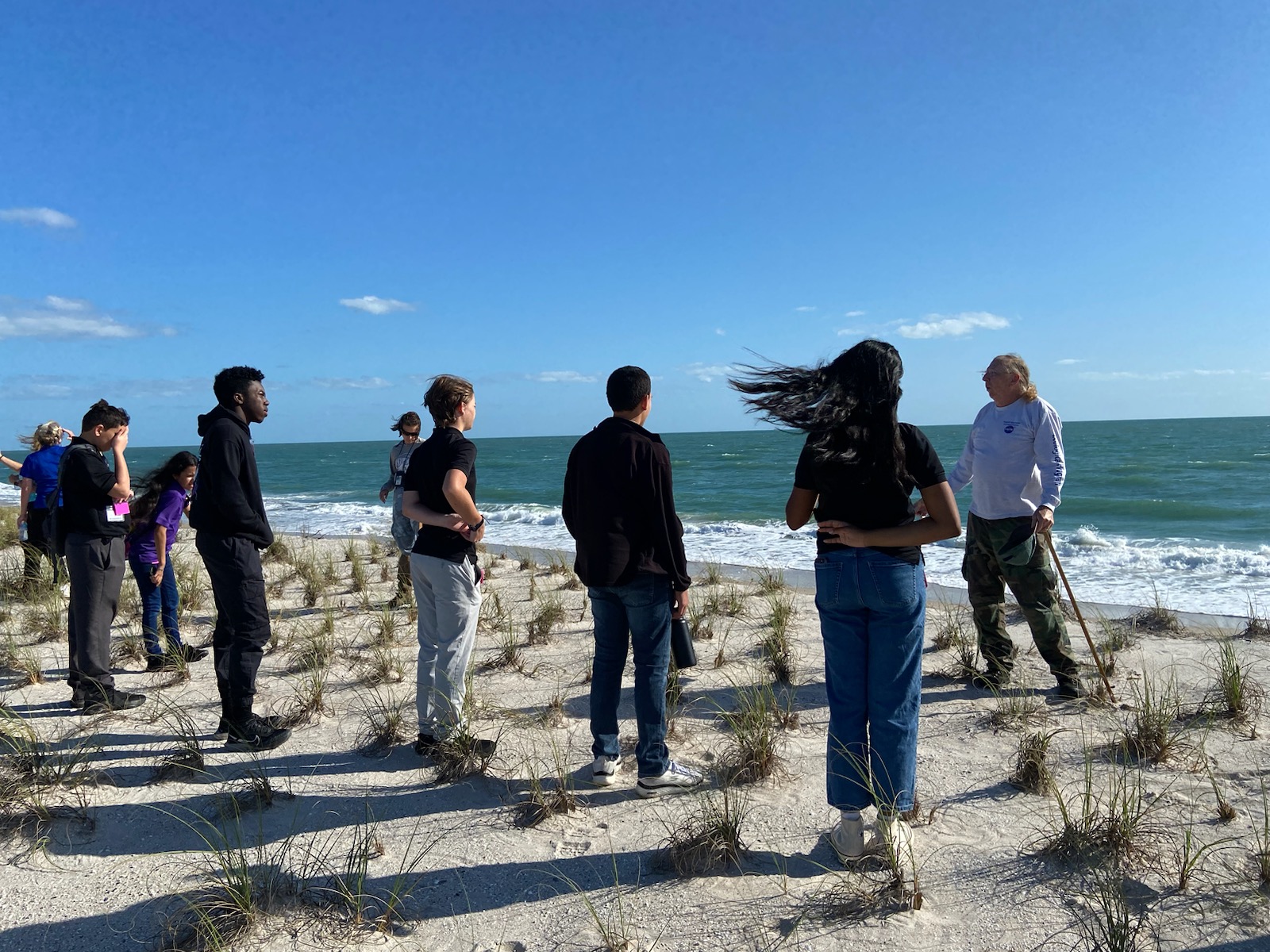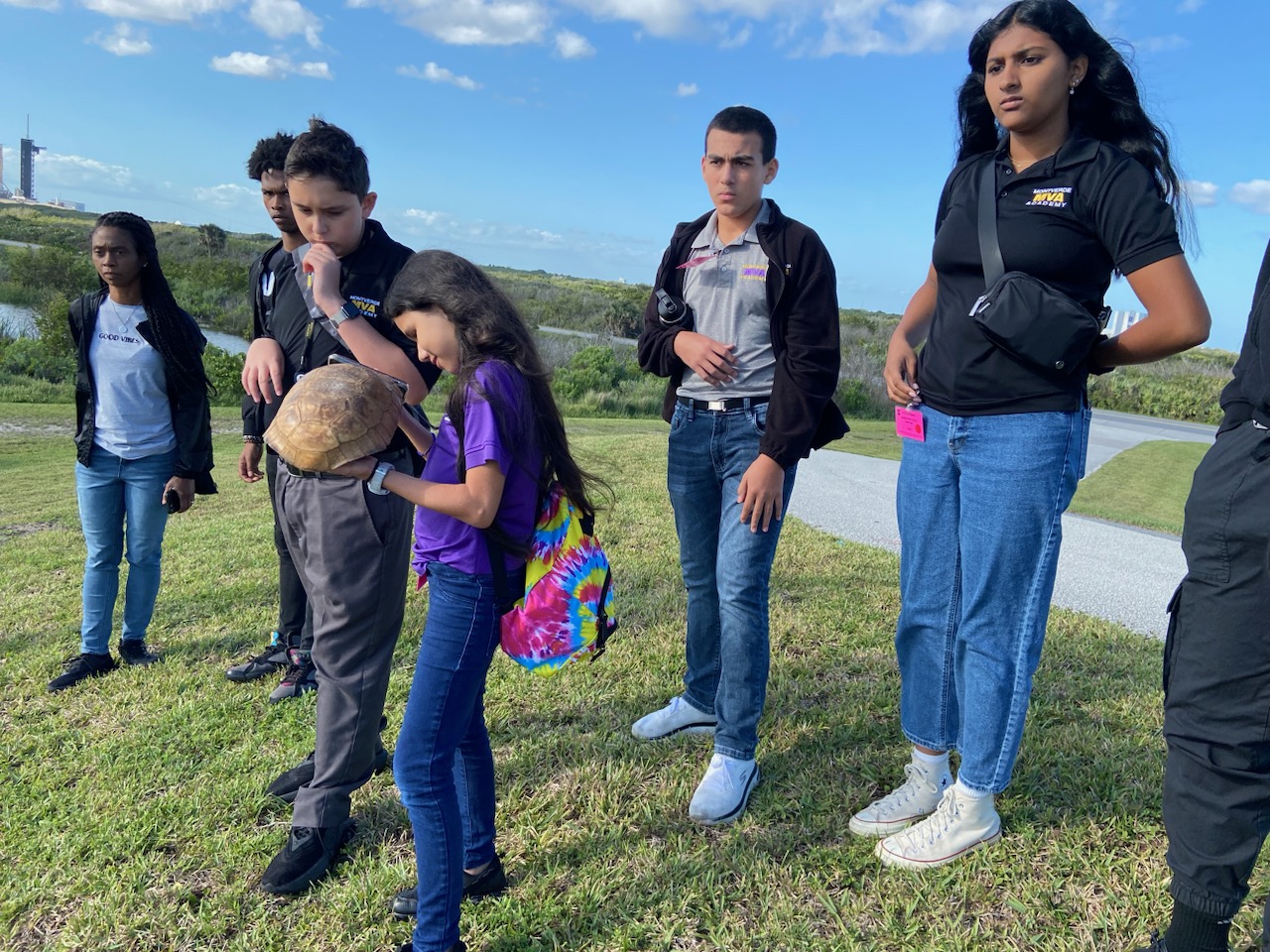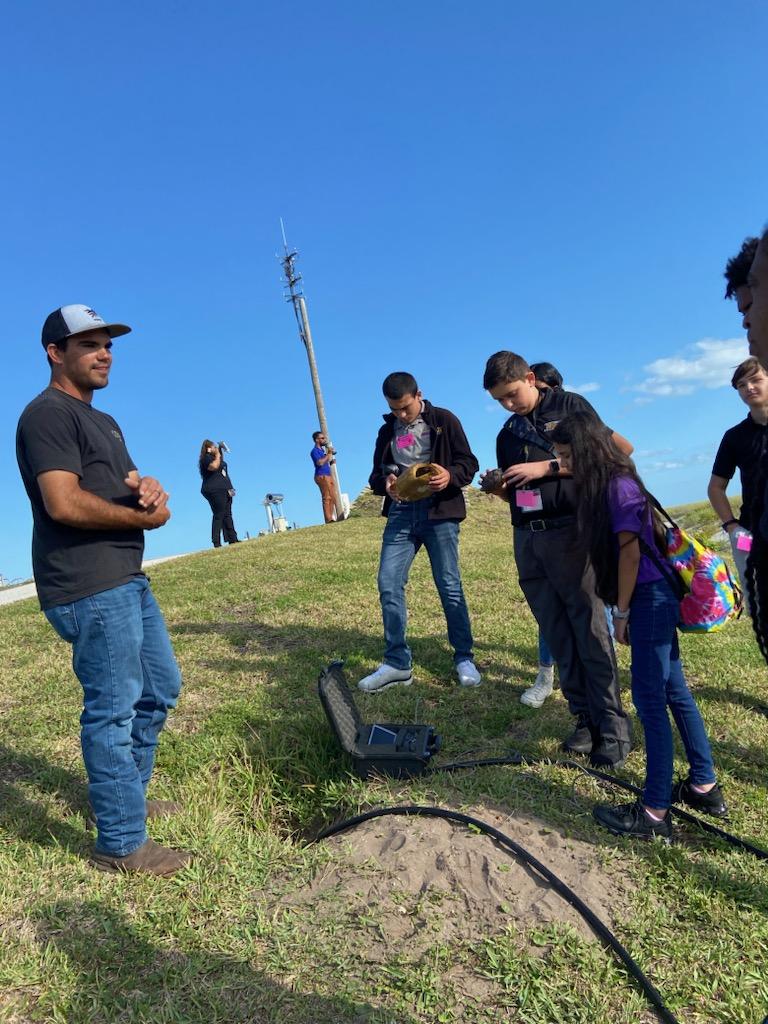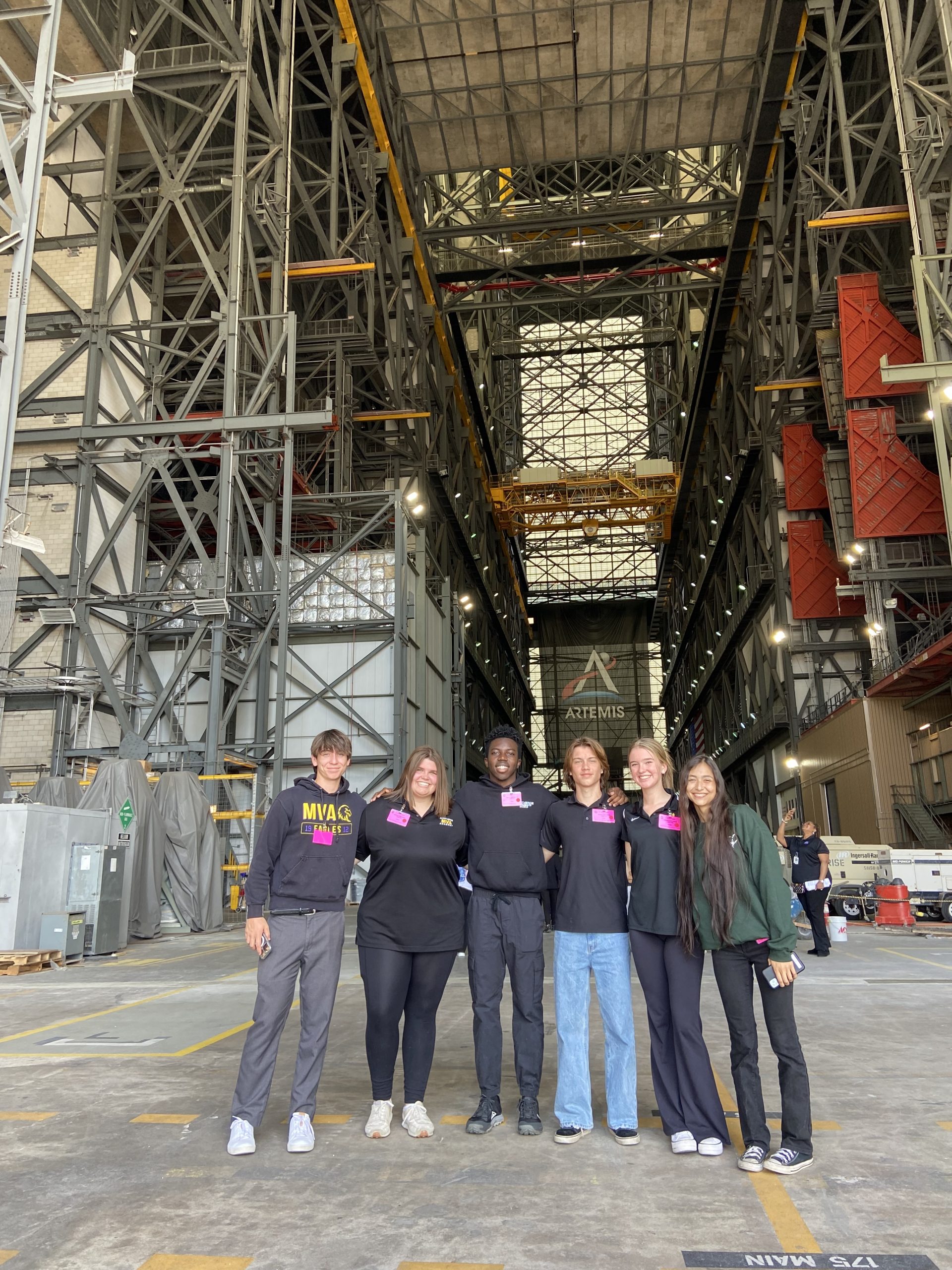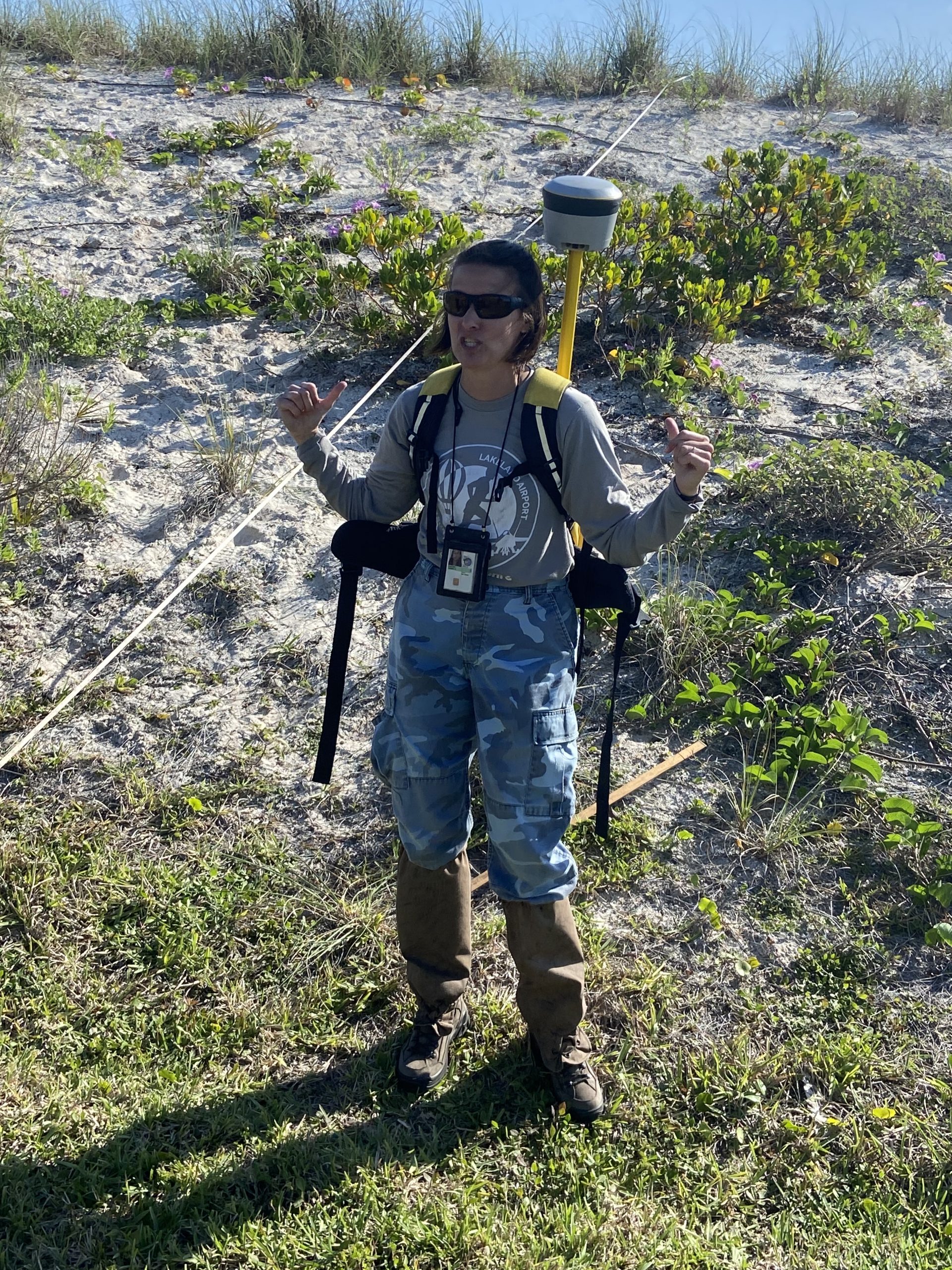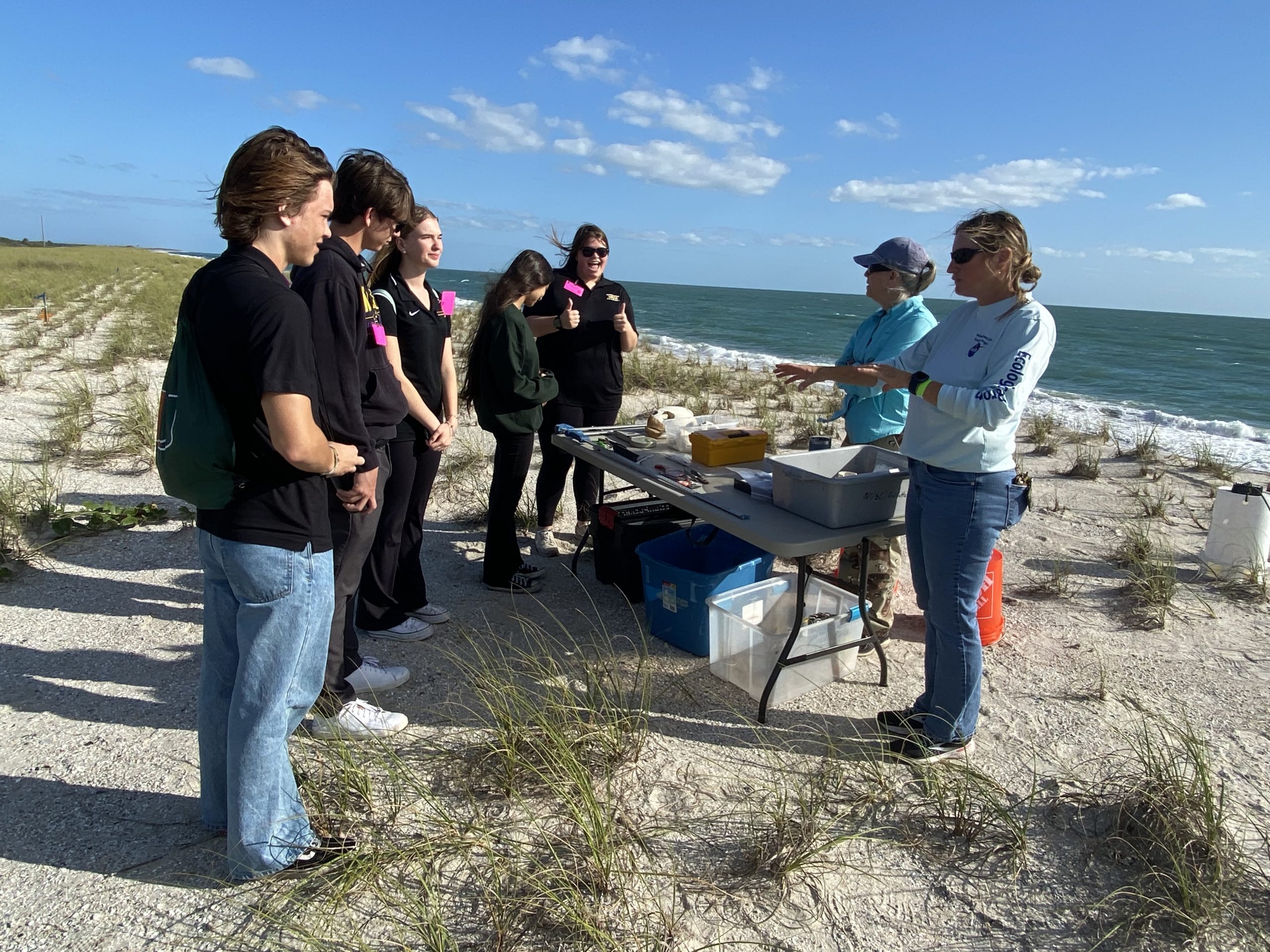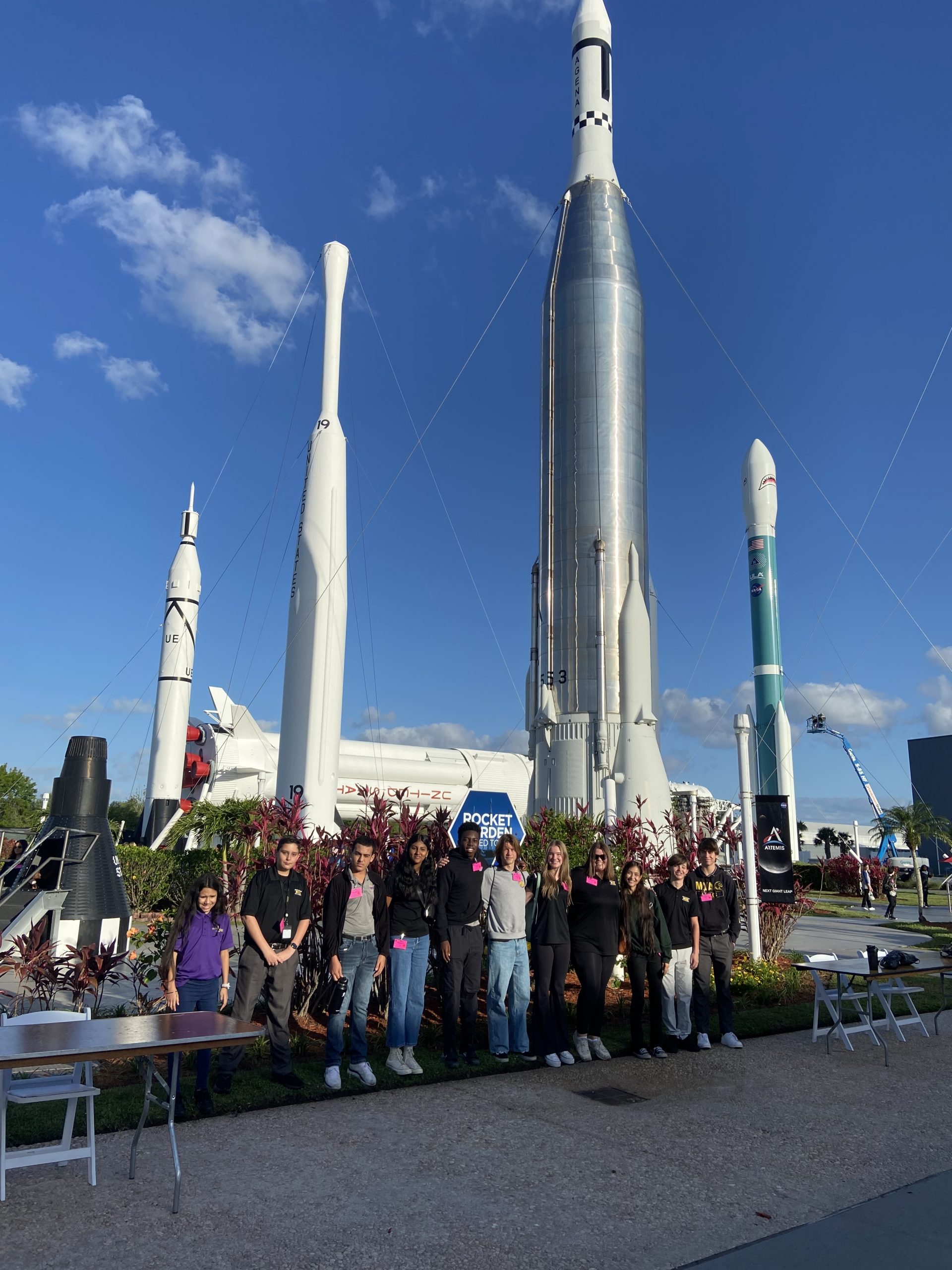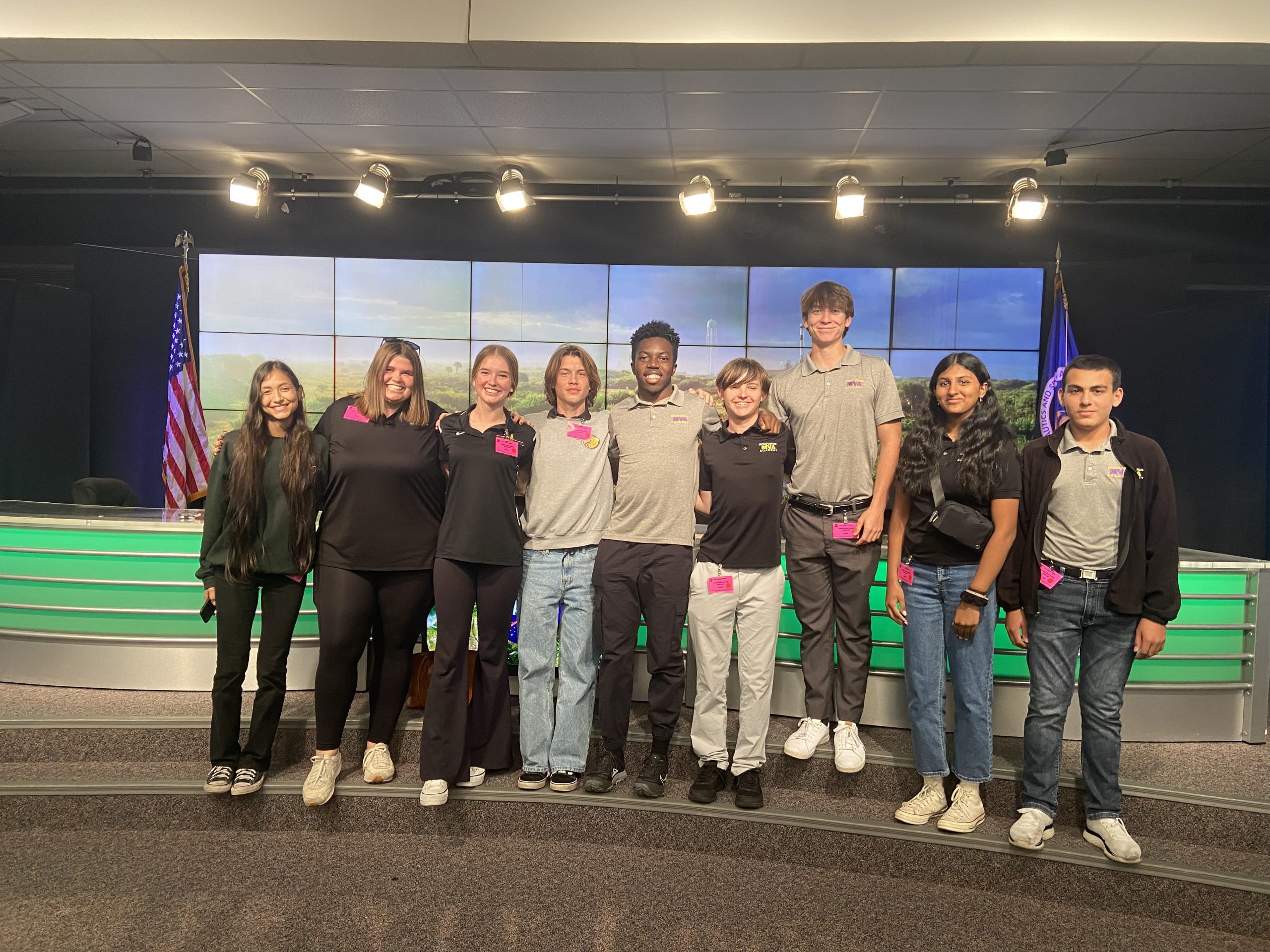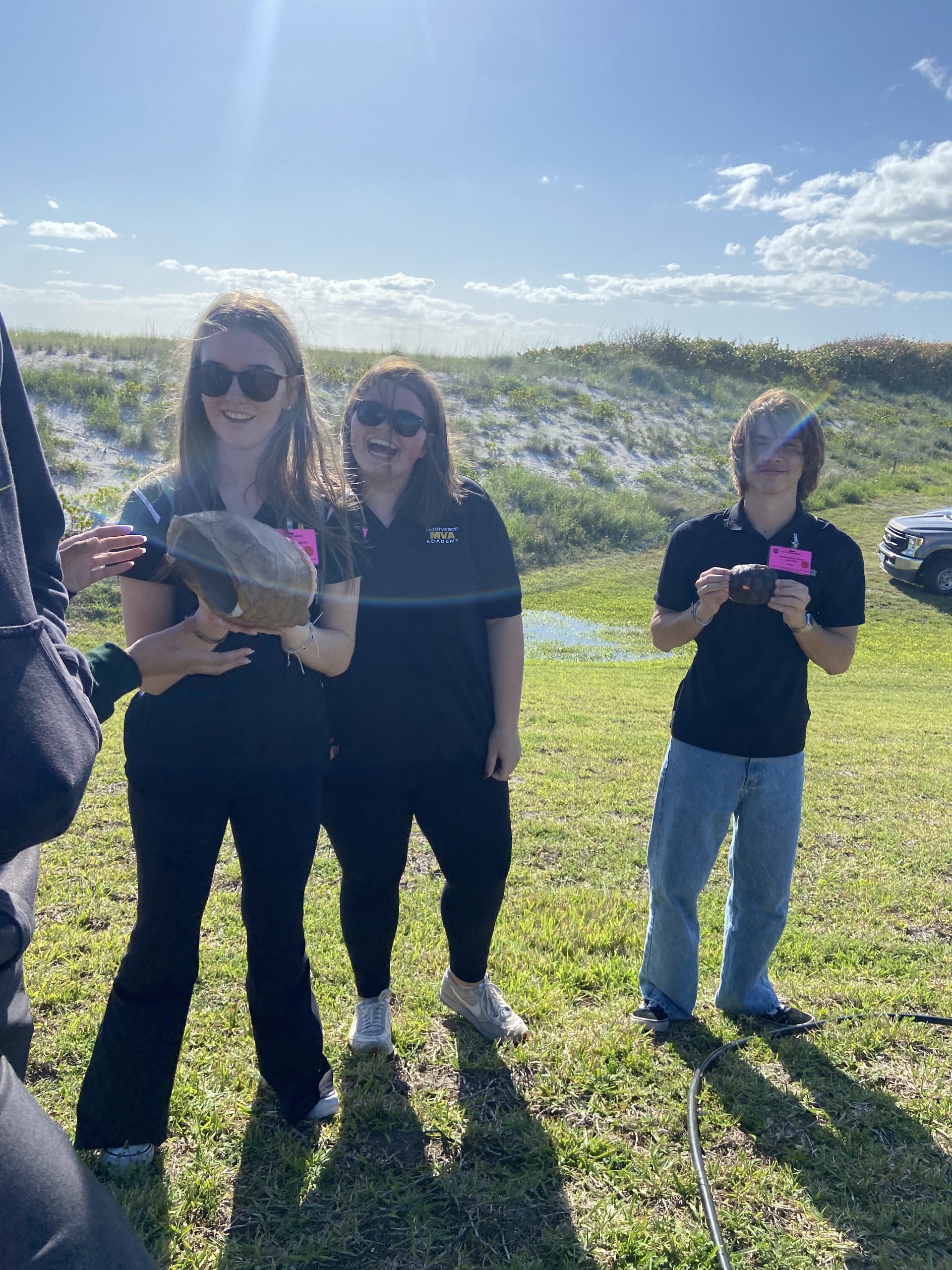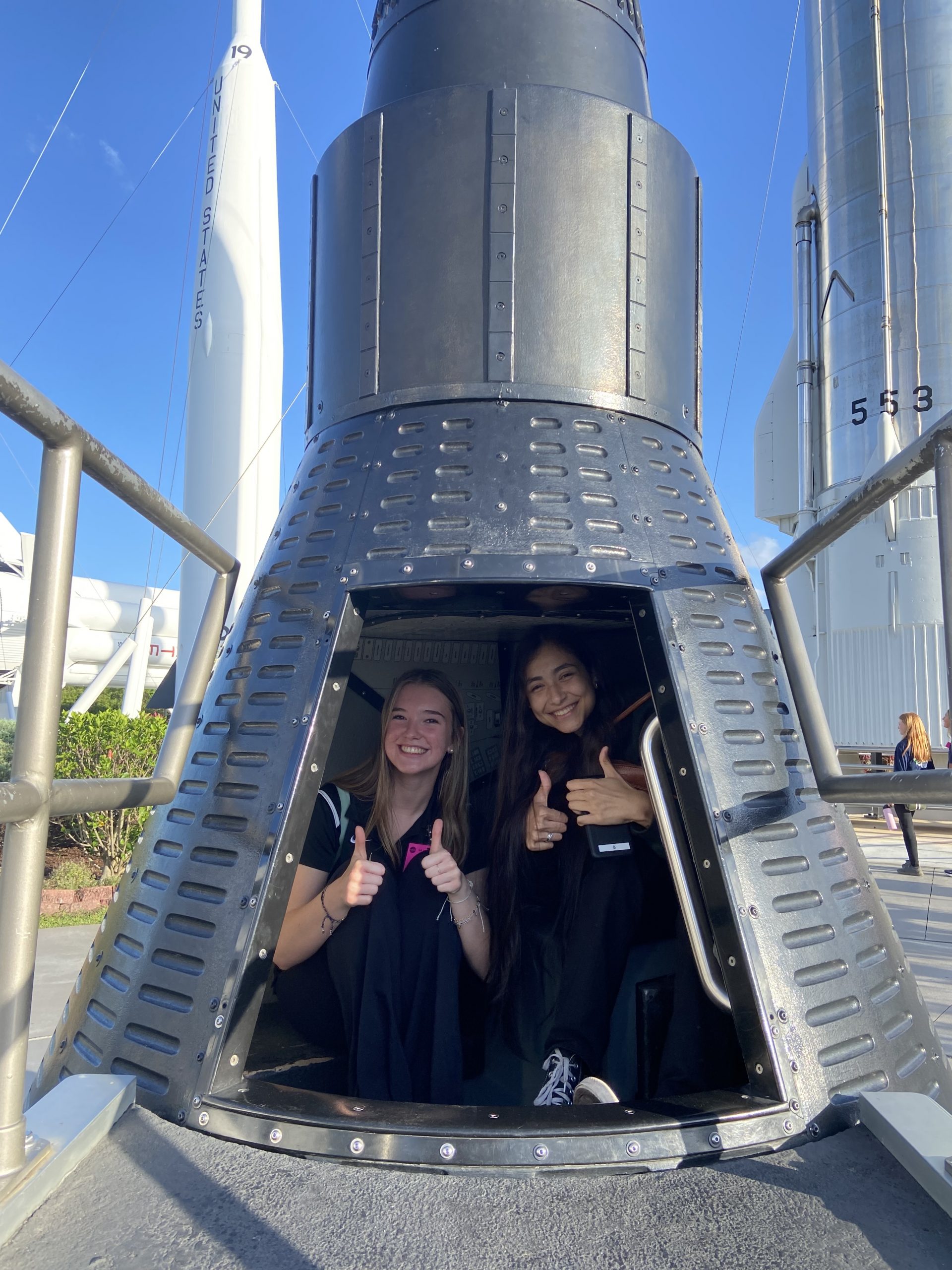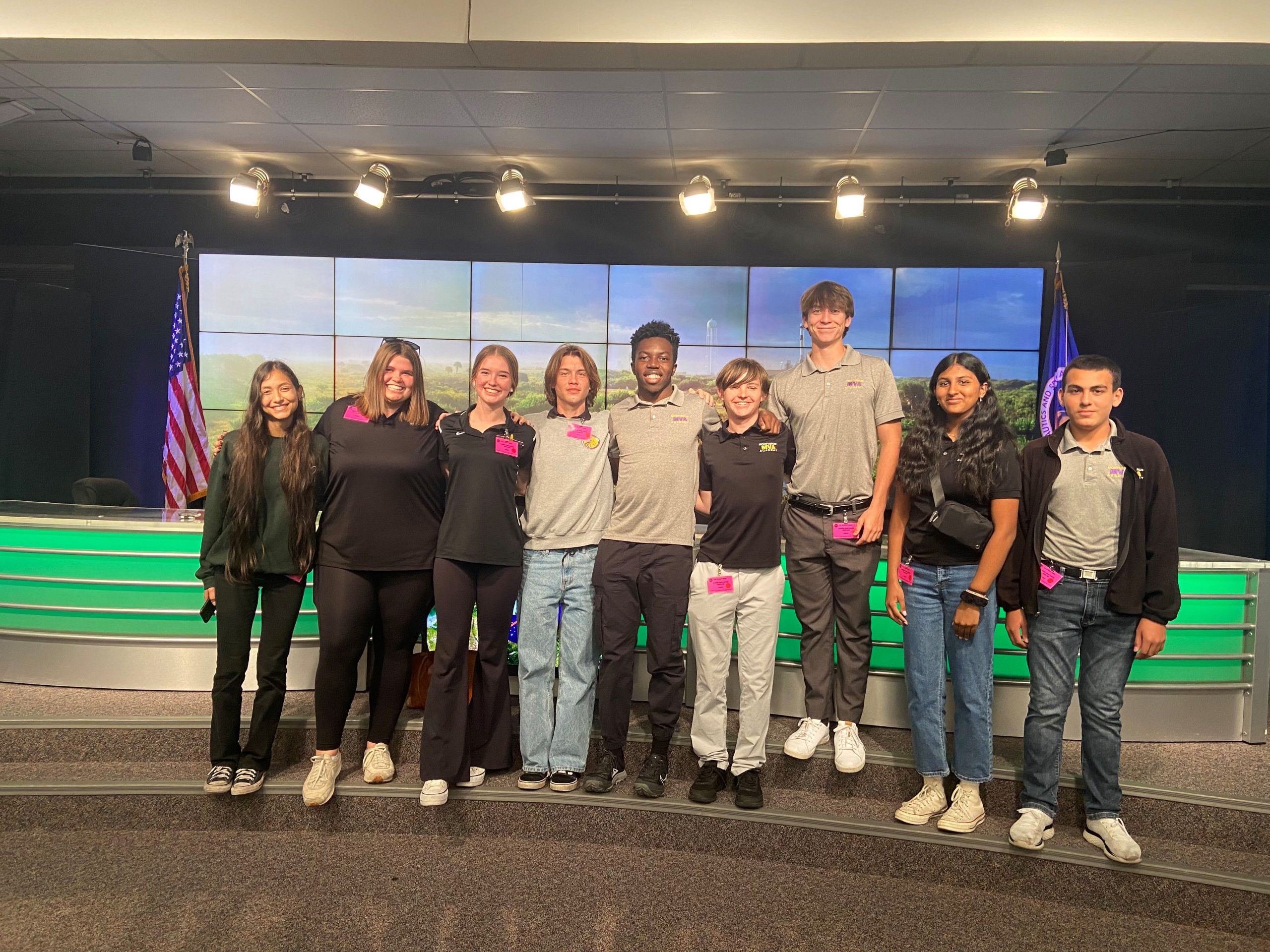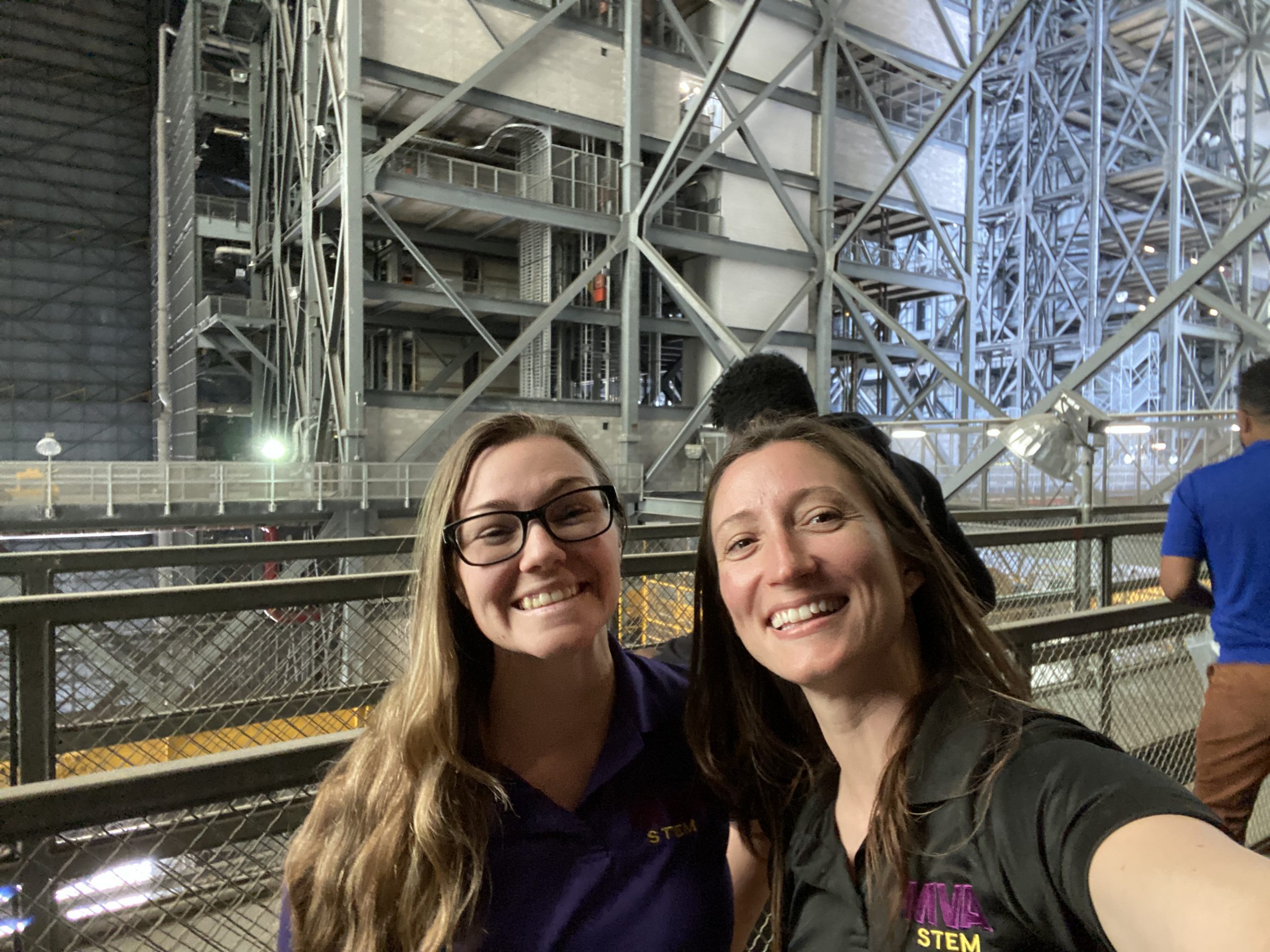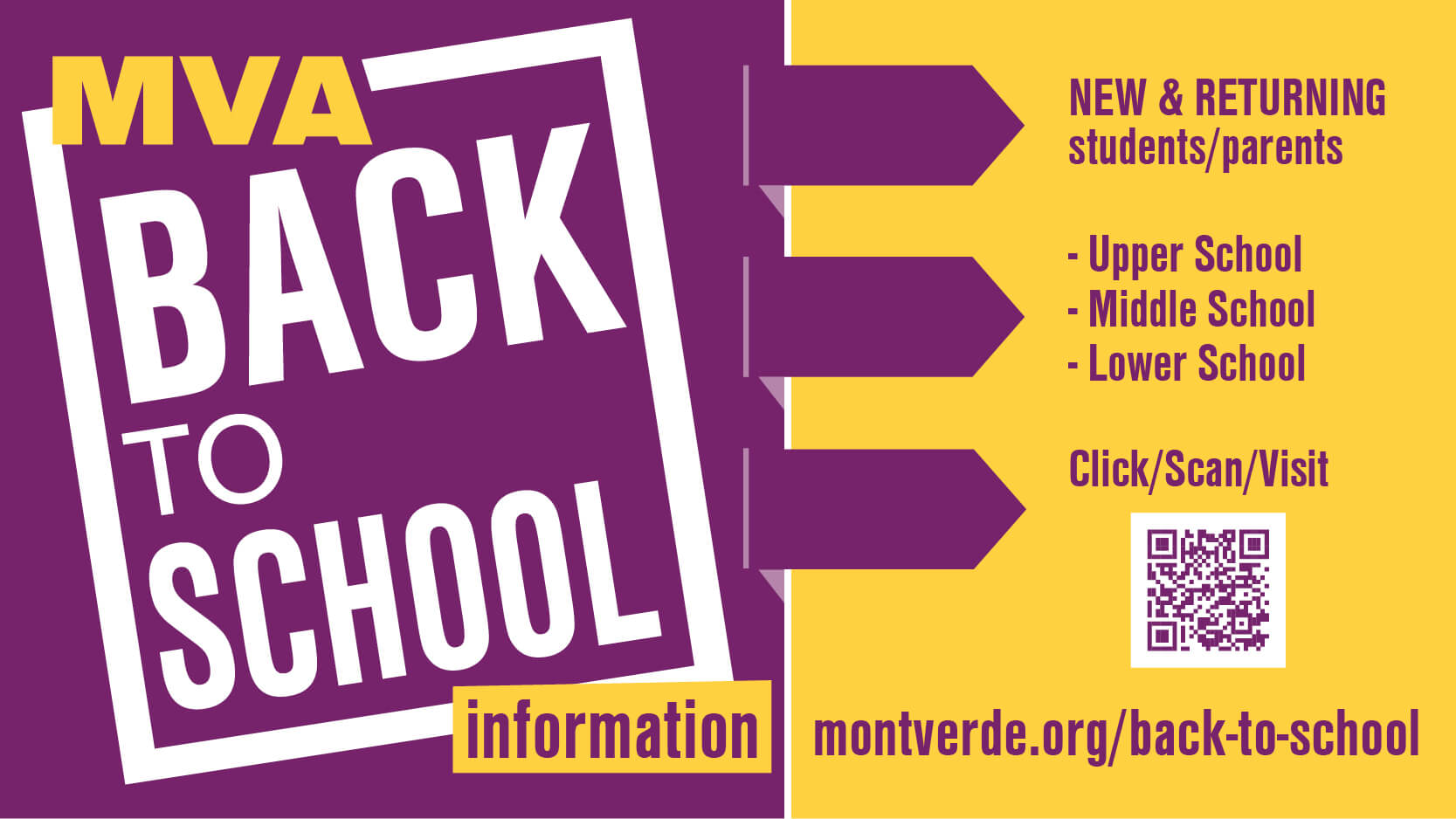By Dr. Caryn Long, Director of Educational Technology and Innovation
NASA’s Earth Day Briefing for Students was a hybrid event for all informal and formal K-12 educators and students. The event was broadcast live from NASA’s Kennedy Space Center in Florida on NASA TV from 1-2 p.m. EDT on Thursday, April 20. A select number of schools and informal educational groups were selected to attend the event in person at Kennedy Space Center on April 20, 2023.
Montverde Academy Sustainability and Environmental Science students from the Upper and Middle Schools were selected as part of this elite group of schools to participate on-site. Students visited multiple KSC sites, including Launch Complexes A and B and the Vehicle Assembly Building, and learned about efforts to maintain Merritt Island and the Southern end of Canaveral National Seashore where wildlife preserve officers shared information about supporting Kennedy Space Center’s efforts to advance space exploration.
“Driving through protected wildlife reserve, we learned about the ongoing sustainability efforts of KSC to protect all species that live on their expansive property,” said Mrs. Amy Napoles, an Upper School science teacher. “Fun fact, there are over 56 federally- or state-listed threatened species that live on their property, and all are protected. Even better, KSC goes one step further to protect ALL species that live on their property, going so far as to pause a project that would have required the removal of a common blackbird’s nest from a tree until the fledglings had moved on. It’s very clear that the biologists, ecologists, conservationists and environmental technicians are all very passionate about their work and the long-term sustainability efforts of KSC.”
The group walked out to the dune and learned all about how they’ve worked to restore the dune habitat, including reestablishing grasses and shrubs in order to reduce coastal erosion and provide habitat for coastal wildlife and how sea level rise presents a continued challenge to the long-term goals of KSC. There were several biologists on hand to talk about their field research, demonstrating how they catch and tag the endangered southeastern beach mouse – there on KSC property is the last viable population of this species – using a few different methods like box traps and camera traps.
They also learned about the gopher tortoise population and how they use burrow cameras to check to see which ones are active, sometimes getting surprised by a rattlesnake or other gopher tortoise roommate and using a camera to check one burrow and saw that a gopher tortoise was in there, looking rather annoyed at their intrusion!
One of the biologists who does prescribed fires shared that a small column of smoke in the distance was from a project that had just started that morning. By the time they left KSC in the afternoon, it was billowing over some 2,000 acres of the property.
“Speaking with and listening to wildlife experts – biologists, ecologists, conservation technicians, researchers, and Florida Fish and Wildlife biologists – talk about their research and dedication, we learned that some of these scientists have worked at KSC for 30 years and have put their own blood, sweat and tears into their work to restore coastal wetlands and protect the coastal dune ecosystems from coastal erosion due to storms and sea level rise,” said Mrs. Napoles. “They were eager to talk about the impacts of climate change because they work with them every day. The southeastern beach mouse, for instance, lives almost entirely on KSC property in a critical sand dune habitat. Without the dunes, without the right combination of bare ground cover, dune grasses and salt-tolerant shrubs, they would certainly disappear; and the decades of research on the impacts of development on this species at KSC have allowed for important data to be collected on a host of other species, as well. The students were absolutely fascinated by their work, and all of them expressed wanting to return to spend more time with them.”
After lunch, they headed over to KSC’s media site where they do all of their media presentations. Our students wrote down questions they wanted to ask the panelists and participated in a live webcast where the panelists talked about their work on the dunes. Elliot Rose, Kendall Walsworth, Lincoln Baptiste, and Alejandra Ordonez were all featured in the Q&A portion of the program.
“During the televised panel discussion, Elliot Rose asked the experts to expand on NASA’s global partnerships in sustainability efforts, and Kendall Walsworth was able to get them to describe how their environmental protocols are established,” said Mrs. Napoles.



